Input interpretation

N-propanol
Chemical names and formulas
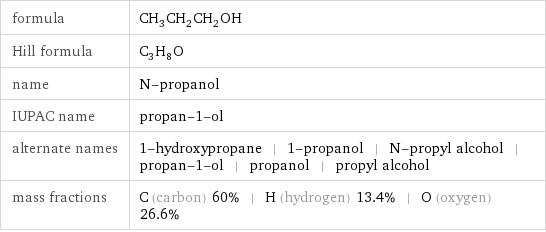
formula | CH_3CH_2CH_2OH Hill formula | C_3H_8O name | N-propanol IUPAC name | propan-1-ol alternate names | 1-hydroxypropane | 1-propanol | N-propyl alcohol | propan-1-ol | propanol | propyl alcohol mass fractions | C (carbon) 60% | H (hydrogen) 13.4% | O (oxygen) 26.6%
Lewis structure
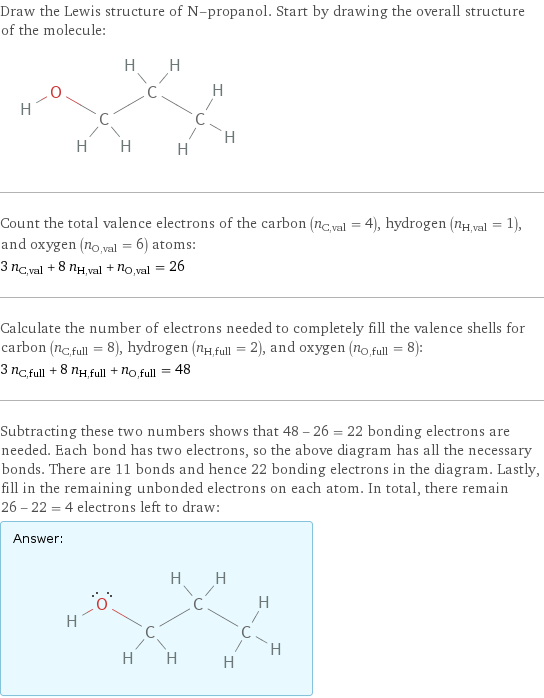
Draw the Lewis structure of N-propanol. Start by drawing the overall structure of the molecule: Count the total valence electrons of the carbon (n_C, val = 4), hydrogen (n_H, val = 1), and oxygen (n_O, val = 6) atoms: 3 n_C, val + 8 n_H, val + n_O, val = 26 Calculate the number of electrons needed to completely fill the valence shells for carbon (n_C, full = 8), hydrogen (n_H, full = 2), and oxygen (n_O, full = 8): 3 n_C, full + 8 n_H, full + n_O, full = 48 Subtracting these two numbers shows that 48 - 26 = 22 bonding electrons are needed. Each bond has two electrons, so the above diagram has all the necessary bonds. There are 11 bonds and hence 22 bonding electrons in the diagram. Lastly, fill in the remaining unbonded electrons on each atom. In total, there remain 26 - 22 = 4 electrons left to draw: Answer: | |
3D structure
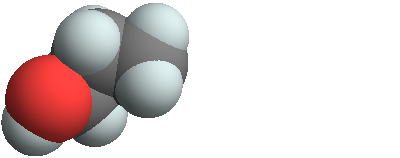
3D structure
Basic properties
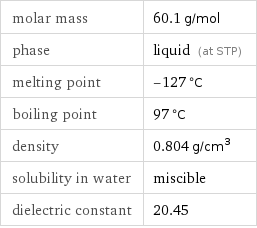
molar mass | 60.1 g/mol phase | liquid (at STP) melting point | -127 °C boiling point | 97 °C density | 0.804 g/cm^3 solubility in water | miscible dielectric constant | 20.45
Hydrophobicity and permeability properties

predicted LogP hydrophobicity | 0.21 predicted LogS | 0.81
Basic drug properties

approval status | experimental | small molecule
Liquid properties (at STP)

density | 0.804 g/cm^3 vapor pressure | 9.998 mmHg dynamic viscosity | 0.001945 Pa s (at 25 °C) surface tension | 0.02375 N/m sound speed | 4403 km/h (at 20 °C (degrees Celsius)) refractive index | 1.384 UV cutoff wavelength | 210 nm
Units
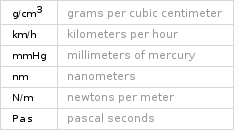
Thermodynamic properties
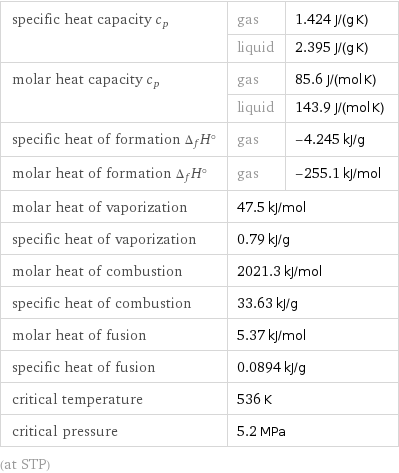
specific heat capacity c_p | gas | 1.424 J/(g K) | liquid | 2.395 J/(g K) molar heat capacity c_p | gas | 85.6 J/(mol K) | liquid | 143.9 J/(mol K) specific heat of formation Δ_fH° | gas | -4.245 kJ/g molar heat of formation Δ_fH° | gas | -255.1 kJ/mol molar heat of vaporization | 47.5 kJ/mol | specific heat of vaporization | 0.79 kJ/g | molar heat of combustion | 2021.3 kJ/mol | specific heat of combustion | 33.63 kJ/g | molar heat of fusion | 5.37 kJ/mol | specific heat of fusion | 0.0894 kJ/g | critical temperature | 536 K | critical pressure | 5.2 MPa | (at STP)
Chemical identifiers
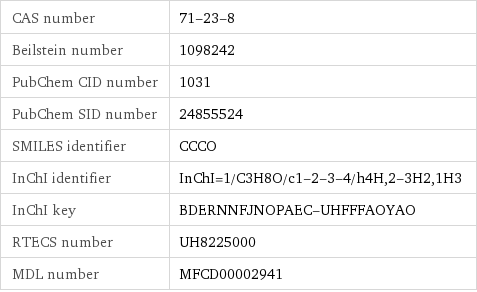
CAS number | 71-23-8 Beilstein number | 1098242 PubChem CID number | 1031 PubChem SID number | 24855524 SMILES identifier | CCCO InChI identifier | InChI=1/C3H8O/c1-2-3-4/h4H, 2-3H2, 1H3 InChI key | BDERNNFJNOPAEC-UHFFFAOYAO RTECS number | UH8225000 MDL number | MFCD00002941
NFPA label

NFPA label
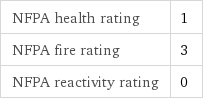
NFPA health rating | 1 NFPA fire rating | 3 NFPA reactivity rating | 0
Safety properties

flash point | 15 °C autoignition point | 412 °C lower explosive limit | 2.3% (concentration in air) upper explosive limit | 13.57% (concentration in air)

DOT hazard class | 3 DOT numbers | 1274
Toxicity properties
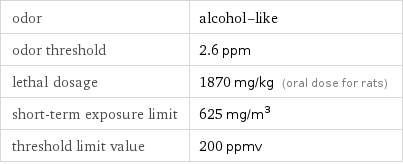
odor | alcohol-like odor threshold | 2.6 ppm lethal dosage | 1870 mg/kg (oral dose for rats) short-term exposure limit | 625 mg/m^3 threshold limit value | 200 ppmv

probable lethal dose for man | 600 mL (milliliters) long-term exposure limit | 500 mg/m^3 (over 8 hours) RTECS classes | agricultural chemical and pesticide | tumorigen | mutagen | reproductive effector | human data | primary irritant